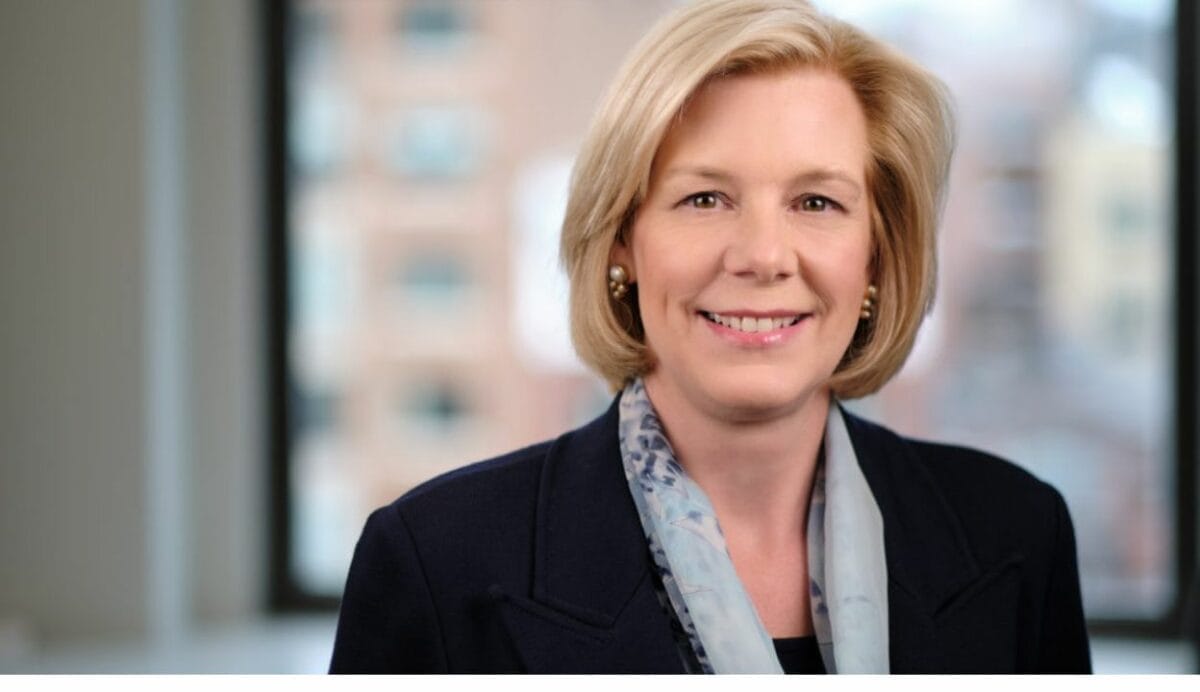Recognising that most asset owners have multiple, and competing, time horizons is a step in the right direction for managing risk over the long term.
A new paper by Focusing Capital on the Long Term (FCLT) acknowledges that investors typically have competing time frames while most of the tools for risk and performance management are for only one investment period.
The paper, Balancing Act: Managing risk across multiple time horizons, gives investors, from boards to investment personnel, much-needed practical tools and processes to address this issue successfully.
For this paper, FCLT called on its members that are large, long-term asset owners. They have indicated the challenge of managing multiple horizons as central to their ability to take advantage of their long-term horizons.
FCLT, therefore, sees improving risk management across multiple time horizons as a key lever for extending investment time frames, ultimately resulting in more value for stakeholders.
Chief executive of FCLT, Sarah Williamson, says there are many barriers to managing multiple time horizons. Specifically, it requires overcoming behavioural tendencies, the limits of typical measures of risk and communication issues.
“Everyone says they’re a long-term investor and they mostly are, when things are doing well,” Williamson says. “But when there is a bump, they get scared and act and think short term, often at the wrong time, when long-horizon investors should be seeing buying opportunities.
“Some investors have very good systems to, for example, rebalance into weaknesses. But people are still people and one point of this paper is to set up those processes in advance of when you need them. I would argue it is easier to have this conversation when returns are good, rather than in the midst of a correction, when you need them.”
The suite of tools ranges from foundational to complex and gives investors a guide to what their peers are implementing around the globe.
“We are not trying to say there is a right answer, but these are the tools investors in the world use to deal with different time horizons,” she says.
One of the key things to recognise is that risk-management tools have typically grown up in banking or trading environments, which are short term by nature. The tools for measuring and managing performance and risk over the long term are evolving, with a new focus on the inputs, rather than the outputs (see Metrics for managing long-term performance).
The FCLT paper outlines tools for use across a number of categories: objective and strategy setting; decision management; risk anticipation; and risk and performance measurement.
The “risk conversation guide” is on such tool, which addresses communication.
One big contributor to short-term behaviour, the paper states, is miscommunication between board and staff.
Staff tend to speak to the board using in-depth technical language that may not clearly show long-term implications of the portfolio.
Williamson says that, because of this miscommunication, board members can be surprised by portfolio movements after a market stress event and potentially make short term-focused adjustments to portfolio risk.
FCLT has developed the risk conversation guide to address this, and help boards and staff improve their communication.
“One tip we give is for boards and staff to have those risk conversations in real English,” Williamson says. “Our risk conversation guide outlines some questions a board can ask in very straightforward terms.”
FCLTGlobal is also working on a scorecard project that defines what a long-term asset owner, manager or company looks like.
Sarah Williamson will be part of a panel discussion on practical tips for long-term investing at the Fiduciary Investors Symposium, Cambridge University, April 7-9. For more information or to register, click here


